First off, I think it would be helpful to offer some background about what I want to do. I have a time-series dataset that describes air quality in a region, with hour resolution. Each row is an observation, each column is a different parameter (eg. Temperature, Pressure, Particulate matter, etc.) I want to take an average of observations for each hour in the day, across the entire five year dataset. However, I first need to distinguish between summer and winter observations. Here are a few rows for reference:
Date Time WSA WSV WDV WSM SGT T2M T10M DELTA_T PBAR SRAD RH PM25 AQI
0 2015-01-01 00:00:00 0.9 0.2 334 3.2 70.9 29.2 29.1 -0.1 740.4 8 102.5 69.0 157.970495
1 2015-01-01 01:00:00 1.5 0.7 129 4.0 58.8 29.6 29.2 -0.4 740.2 8 102.5 23.5 74.974249
2 2015-01-01 02:00:00 0.8 0.8 70 2.7 18.0 28.7 28.3 -0.4 740.3 7 102.2 40.1 112.326633
3 2015-01-01 03:00:00 1.1 1.0 82 3.4 21.8 28.2 27.8 -0.4 740.1 6 102.0 31.1 90.957082
4 2015-01-01 04:00:00 1.0 0.8 65 4.7 34.3 27.3 27.2 -0.2 739.7 6 101.7 13.7 54.364807
... ... ... ... ... ... ... ... ... ... ... ... ... ... ... ...
43175 2016-12-30 19:00:00 1.7 0.7 268 4.1 63.6 33.8 34.1 0.3 738.8 8 100.7 38.4 108.140704
43176 2016-12-30 20:00:00 1.5 0.1 169 3.3 77.5 33.2 33.7 0.5 738.7 9 101.0 27.2 82.755365
43177 2016-12-30 21:00:00 1.4 0.5 278 4.0 65.7 32.5 32.8 0.3 738.6 9 101.4 42.5 118.236181
43178 2016-12-30 22:00:00 2.8 2.7 277 6.5 16.7 33.2 33.3 0.1 738.6 9 101.6 25.2 78.549356
43179 2016-12-30 23:00:00 1.9 0.3 241 4.2 74.2 31.0 31.6 0.6 738.4 9 100.4 18.7 64.879828
[43180 rows x 15 columns]
I have tried splitting the dataset into two based on season, and plotting each separately. This works, but I cannot manage to make the plot display a legend.
mask = (df['Date'].dt.month > 3) & (df['Date'].dt.month < 10)
summer = df[mask]
winter = df[~mask]
summer = summer.groupby(summer['Time'].dt.hour).mean().reset_index()
winter = winter.groupby(winter['Time'].dt.hour).mean().reset_index()
p = (
ggplot(mapping=aes( x='Time', y='PM25')) +
geom_point(data=summer, color='red')+
geom_point(data=winter, color='blue')
)
print(p)
Plotting with separate dataframes: [1]: https://i.stack.imgur.com/W75kk.png
I did some more research, and learned that plotnine/ggplot can color-code data points based on one of their attributes. This approach requires the data to be a single dataset, so I added a parameter specifying the season. However, when I group by hour, this 'Season' attribute is removed. I assume it is because you cannot take the mean of non-numeric data. As such, I find myself in a bit of a paradox. Here is the my attempt at keeping the data together and adding a 'Season' column:
df.insert(0,'Season', 0)
summer = (df['Date'].dt.month > 3) & (df['Date'].dt.month < 10)
df['Season'] = df.where(summer, other='w')
df['Season'] = df.where(~summer, other='s')
df = df.groupby(df['Time'].dt.hour).mean()
print(df)
p = (
ggplot(data = df, mapping=aes( x='Time', y='PM25', color='Season')) +
geom_point()
)
print(p)
When I try to run this, it raises the following, and if I inspect the dataframe all non-numeric paramters have been removed:
plotnine.exceptions.PlotnineError: "Could not evaluate the 'color' mapping: 'Season' (original error: name 'Season' is not defined)"
Any suggestions would be hugely appreciated.

